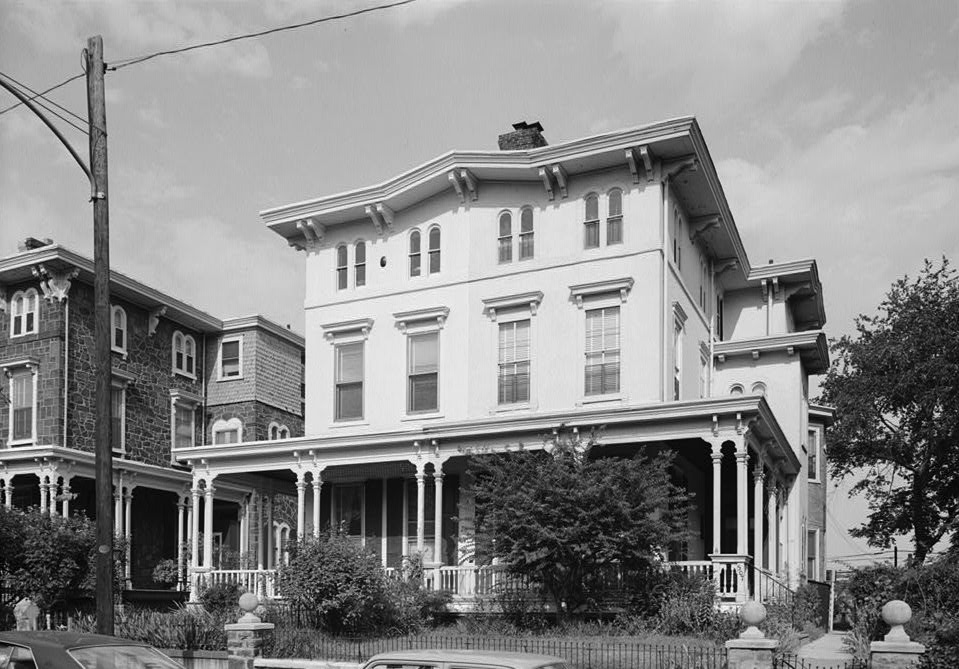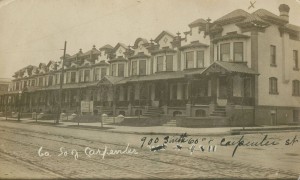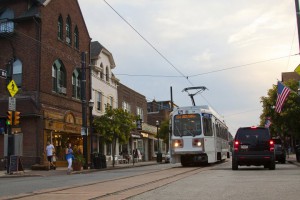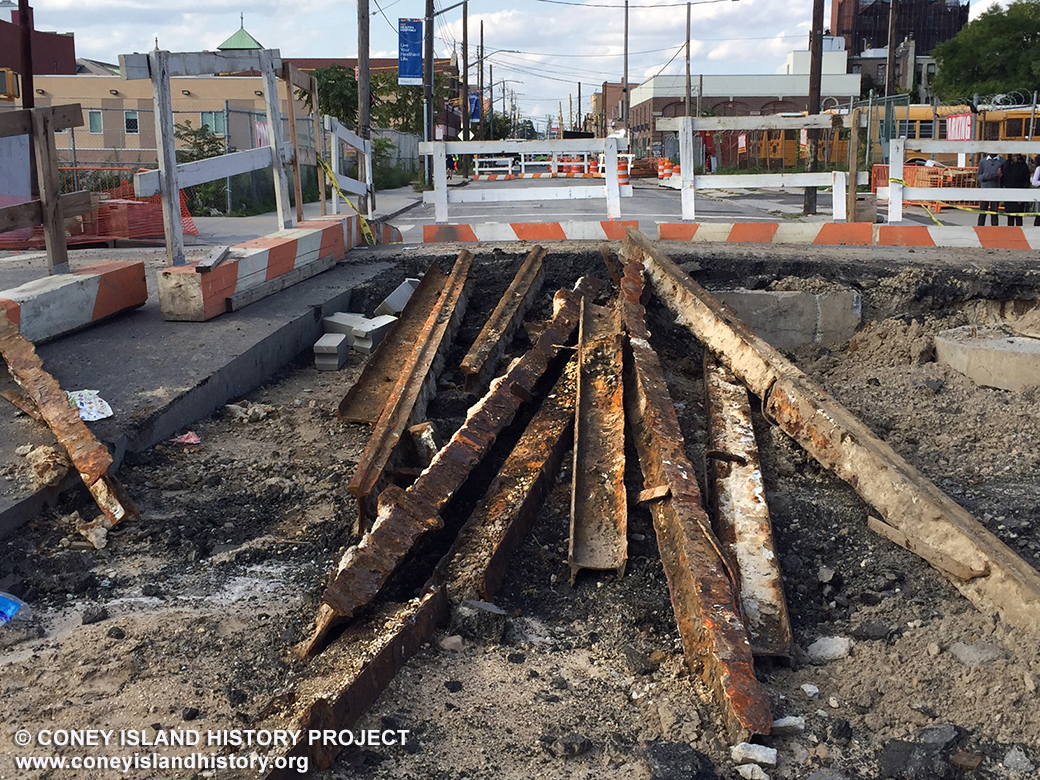Blog Post #3 Streetcar Suburbs/Build-outs and Trolley Parks

This photo taken is one of the earliest streetcar suburbs in Philadelphia. This was located in Woodland Terrace and designed by Samuel Sloan in 1861. This was unique because it featured semidetached Italianate row houses. Many other developers during this time sought to enhance the style of country houses. For example Samuel Sloan gave developer Hamilton Terrace features that evoked upper class country homes: front and backyards, porches, and landscape cover. This house looks more elegant by its architecture and looks like it was made for the middle and upper class. This is true in fact that these types of houses actually encouraged the movement of wealthier families to residential districts outside the urban area. These streetcar developments combined the idea of pastoral living with easier access to work and commerce in Central Philly.

In this photo you can see the streetcar tracks. Large single family homes like these were often converted into multiple units. Families who lived here were often more poor as wealthier families were able to buy these size lots but farther out from the city. These build-outs almost remind me of Brownstones today that we often see in larger cities such as Boston and New York City.

Here we see a modernized streetcar in the middle of the suburb. This is located in the borough of Media, west of Philadelphia and continues to be in service. Although many other streetcar suburbs declined due to other uses of automobiles, Media still thrives in the 21st century.

This image stood out to me looking up trolley parks. This is an old trolley track that was used for the Coney Island transit. The tracks had been recovered during street construction on Surf Avenue in front of MCU Park. The tracks had been paved over after the trolley service was discontinued and replaced by buses in 1946. Surf Avenue trolley service began in the 1890s. Many travelers remember taking the trolley to Coney Island when they were young children.
Very interesting how those streetcar suburbs could vary in the wealth level of the people they attracted. It's up to the developers and their sense of what will turn the biggest profits--fewer high=priced houses or lots of low-priced ones? Not a lot of those streetcars left, so it's nice to see Media--and sad to see the paved-over tracks near Coney Island. There used to be a trolley in front of my house in Buffalo ages ago--I live on a wide through-street--but now it's a through street for police, ambulances, and cars with mufflers removed racing against each other!
ReplyDeleteThis is very fascinating to read because I see a lot of what you put in here in Buffalo as well, such as the multiple units in a family home, and the modern-day setup of a streetcar suburb as well. It is also interesting to look at the last picture of the abandoned tracks and to think about how much abandoned history could be under the streets here as well.
ReplyDelete